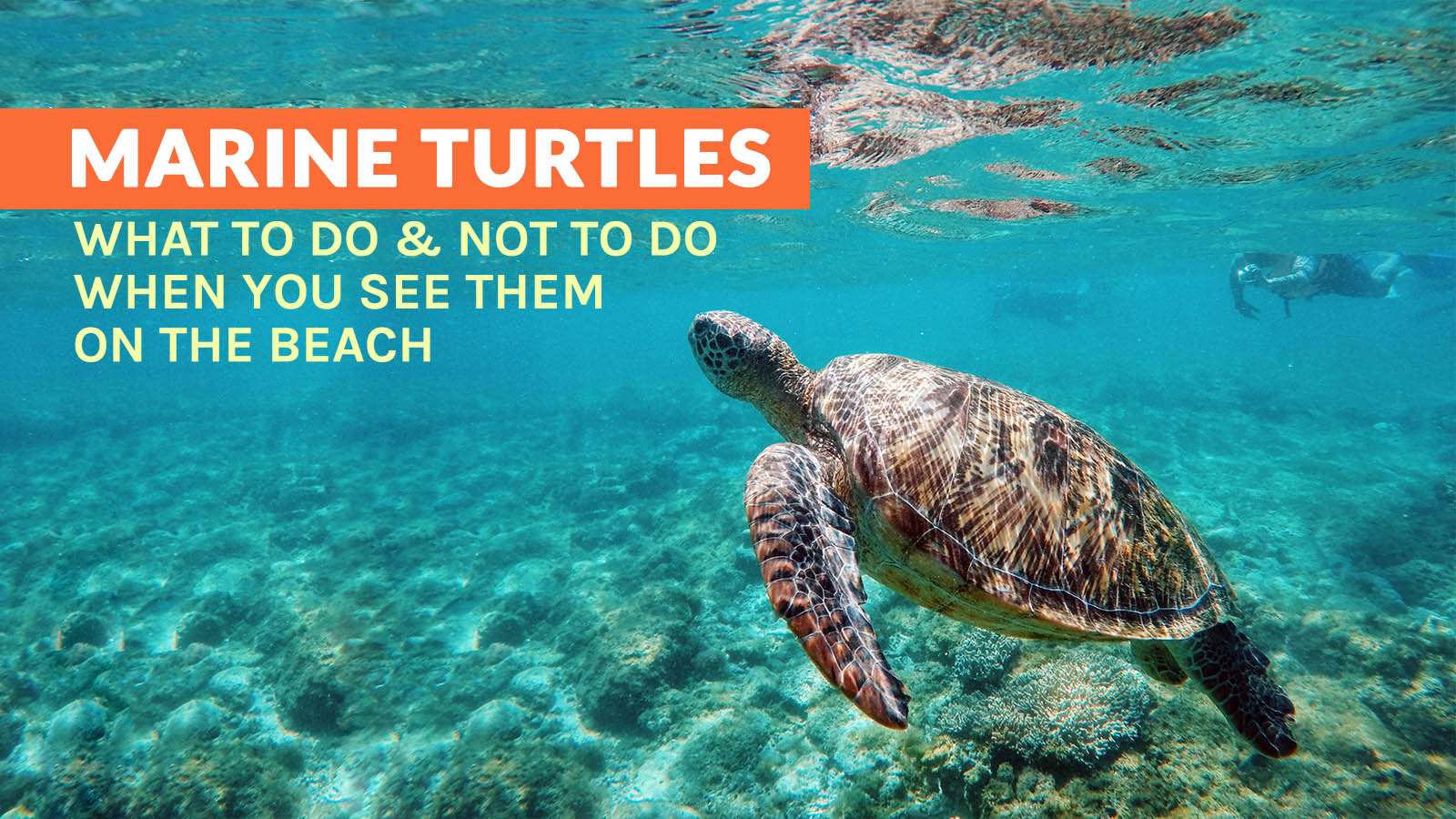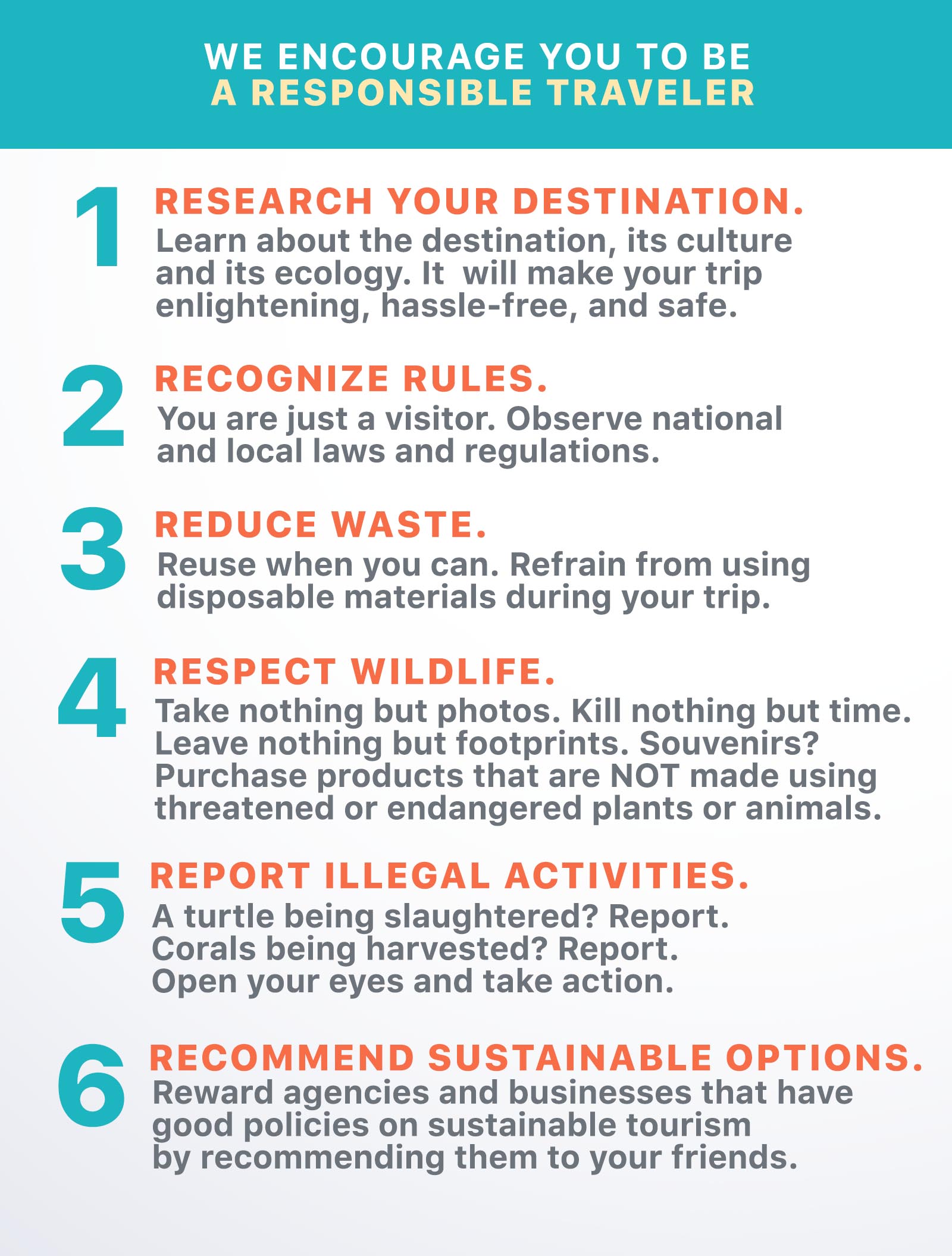
I once met a lovely girl named Camille. I suspect a huge part of her radiance came from her soft spot for animals. It’s true, I guess, what Arthur Schopenhauer said—that “compassion for animals is intimately associated with goodness of character.”
Camille always found time to walk her dogs even if she’s dead-tired from yoga class. She did this every night like clockwork. She also had the habit of bringing home stray cats, whose ribs threatened to burst out of their skin, to nurture until they grew fat. Then she’d laugh it off and tell herself the cats she had adopted have gone and were replaced by snob piglets dressed in fur. She had that kind of sense of humor.
While she delighted bonding with domestic animals, Camille also dreamt of someday seeing turtles flocking the seashore. “I want to witness them laying eggs,” she told me. I didn’t know much about turtles so I scrambled for anything remotely related to say: “I like Donatello. He’s my favorite Ninja Turtle.”
I still look forward to the day when Camille and I could go to a turtle sanctuary to fulfill her dream. When that happens, I’ll be equipped with more knowledge on marine turtles—thanks to Marine Wildlife Watch of the Philippines (MWWP), who came up with guidelines on how to properly act in their presence on the beach.
Here’s the list, which I’m sharing so that in case Camille is reading, she’ll know. This goes out, too, to all the other turtle-loving Camilles of the world. And mankind in general.
What to do when you see a nesting pawikan
1. Do not go near the animal. Maintain a distance of at least 20 meters while observing.
2. Do not block the animal’s way.
3. Do not touch or ride the pawikan.
4. Do not create any noise and refrain from shining a light on the nester as she is very sensitive to disturbance.
5. As a corollary to number 4, flash photography is prohibited.
6. Leave the nester alone. Quietly observe until she has gone back to the sea.
7. Do not dig, touch, or collect the eggs.
What to do when you see pawikan hatchlings on the beach
1. Try to identify their exact location and check if sea water can reach them. Call the hotline of the Department of Environment and Natural Resources (DENR) to inform them about the incident.
2. Do not dig them up. Keep an eye for other animals that might attempt to do the same.
3. Do not trample the nest.
4. Do not shine a light on them.
5. Do not gather them round a pail or basin.
6. Make sure the hatchlings can crawl freely on the sand. Do not obstruct their way or pick them up and bring them to the sea.
7. Take away litter—plastic cups, pieces of wood, etc.—that may impede their way going to the sea.
8. Taking pictures is allowed but flash photography is prohibited.
9. Let them swim on their own in the sea.


In case you witness a pawikan laying eggs, call DENR’s Protected Areas And Wildlife Bureau: (02)925-8946.
Marine turtles in the Philippines are protected by the Wildlife Resources Conservation and Protection Act (RA 9147), which aims to keep the country’s fauna from illegal trade, abuse, and destruction.
For more info, click here.
More Tips on YouTube ⬇️⬇️⬇️



Comments